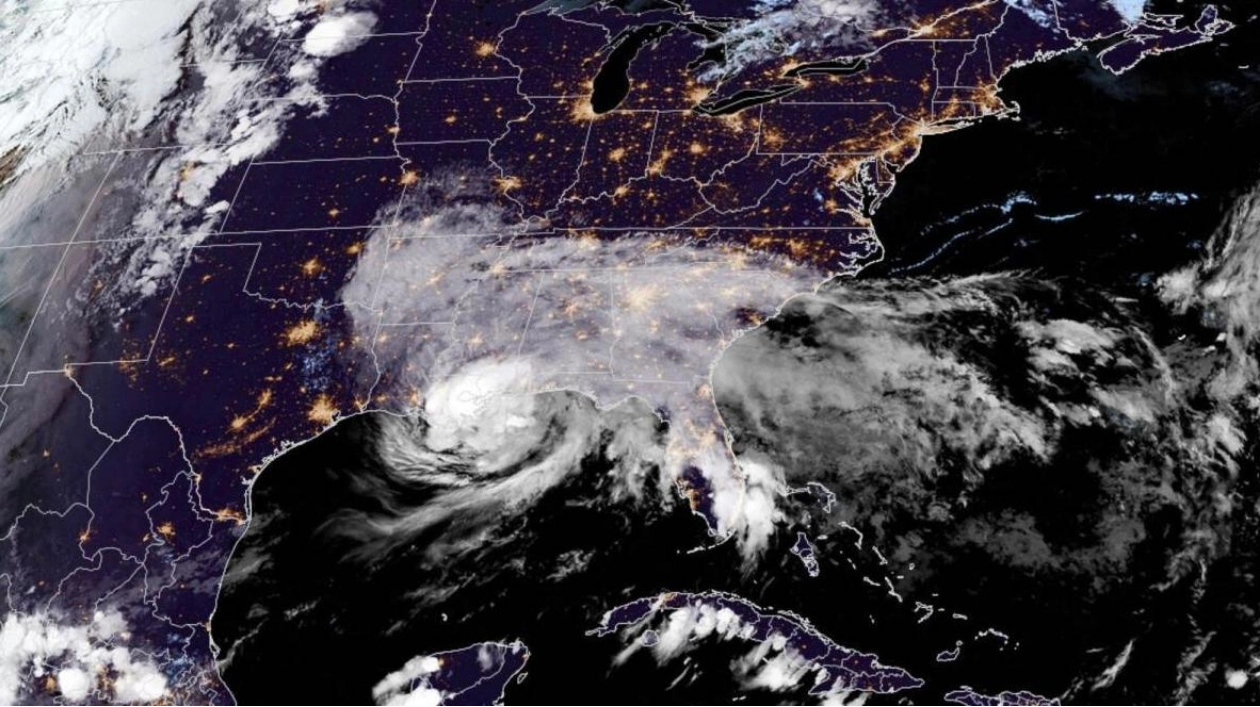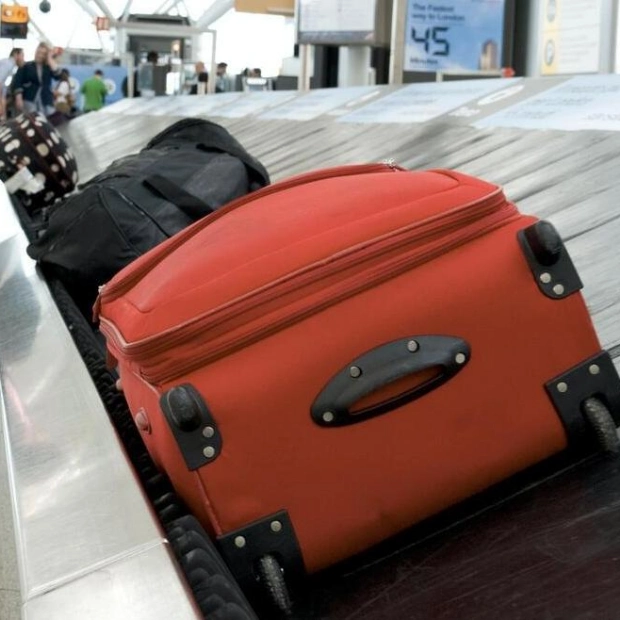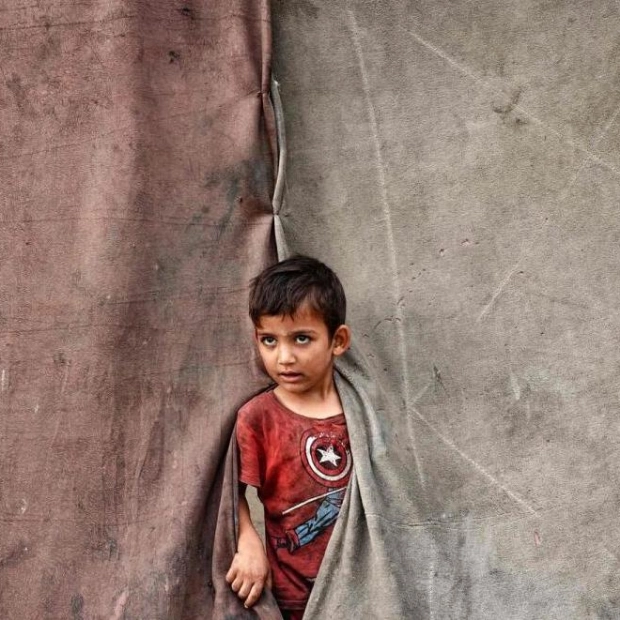Storm Francine made landfall in southeast Louisiana, southern Mississippi, and Alabama on Thursday, unleashing heavy rain and strong winds across the region. The storm, which had downgraded from a Category 2 hurricane to a tropical depression as it moved northeast, still maintained winds of 35 mph and posed a significant threat of storm surges, according to the National Hurricane Center's advisory.
The National Weather Service issued a tropical storm warning for approximately 6.6 million people, anticipating rainfall rates of up to two inches per hour on Thursday morning. Total accumulations could reach up to 10 inches in some areas before the storm dissipates, the service warned. The National Hurricane Center further predicted that the storm would continue to weaken and transition into a post-tropical cyclone later in the day.
The storm's impact was already evident, with around 450,000 homes and businesses left without power, and numerous rescues conducted in flooded areas across the three-state region. In Lafourche Parish, just south of New Orleans, over two dozen individuals, including small children, were rescued from rising floodwaters on Wednesday evening, as reported by the local sheriff's office.
The French Quarter in New Orleans, a renowned tourist hotspot, was placed under lockdown on Wednesday, with a heightened police presence and minimal pedestrian activity. In preparation for the storm, both Louisiana Governor Jeff Landry and US President Joe Biden declared a state of emergency, mobilizing emergency management resources and potential financial assistance in the event of substantial damage.






